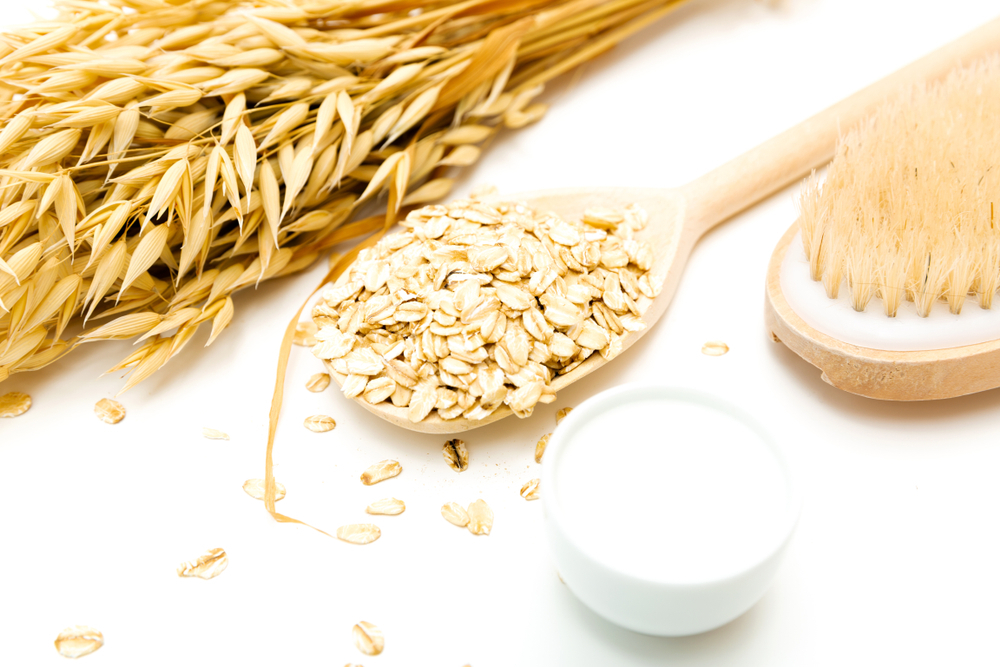
7 Reasons oats for dry, itchy skin are nature's best kept secret
When dry skin is making you wish it was socially acceptable to wear a moisturizing mask to work, it's probably...
Getting into skincare often means diving straight into a whirlwind of the latest ingredients and trends. Skin basics don't always get the attention they deserve.
Understanding how your skin is structured and what each layer does can help you take better care of your skin overall. Even better, this knowledge can help you pinpoint where skin problems start, so you can make smart product choices that will actually help improve your skin's health.
Let's start with some essential knowledge. What are the three layers of skin — and how should your skincare routine take care of each of them?
Surprisingly, one of the layers of skin isn't skin at all — it's actually a layer of fat. According to Stanford Children's Health, this subcutaneous fat has many purposes, including:
The Journal of the Dermatology Nurses' Association adds that this layer stores fat cells that your body can use for energy or to produce certain hormones including leptin, which helps regulate body weight. Skincare products won't make it down to this layer, but living a healthy lifestyle can help ensure your skin health starts from the inside out.
What are the layers of the skin that do the most work? The American Academy of Dermatology makes a good argument for your dermis—sitting just below the epidermis (your outer layer of skin), the dermis makes up about 90% of the skin's thickness and serves many functions.

Sweat glands are housed here to help you stay cool and get rid of waste products. Nerve endings are also in the dermis, so your sense of touch starts with this skin layer. Hair follicles are also located in the dermis.
Though it affects the appearance of the epidermis, acne actually starts in the dermis. Sebaceous glands, which produce natural oils that keep skin smooth and protected, are located in this layer. When they create too much oil, it can clog pores and cause pimples.
Collagen and elastin hold the dermis together. However, these two proteins degrade as we age, which can jump-start the appearance of aging in skin. Some anti-aging skincare products work by targeting these proteins.
What are the layers of the skin that you can actually see? The epidermis is the topmost, visible layer of the skin. We often spend a lot of time and effort trying to make this layer look as good as possible with products and treatments. But the epidermis' most important job isn't aesthetic — it's to protect the body from the environmental harms such as the sun, pollutants and other potential skin irritants.
The epidermis produces new skin cells and also contains pigment, which gives your skin its color. This layer is also where skin concerns like hyperpigmentation and acne scarring show up. Soy products can help brighten areas prone to hyperpigmentation, while salicylic acid can help clean pores to remove the excess oil and pollutants that lead to acne.
The majority of skincare products work on the epidermis, including sun protection. This skin layer is also home to the skin barrier, which protects the body from losing water and nutrients. Moisturizers work on this layer to provide nourishment and lock moisture into the skin. When the skin barrier isn't working properly, it can cause all kinds of problems, including dull, flaky, red, and/or itchy skin.
When you go to perfect your morning and nightly regimens, keep in mind that you have some skin in the game. Good skincare means protecting and supporting every layer of the skin. If you think your regular products and routine aren't cutting it, talk to your doctor or dermatologist about how you can find comprehensive support for your skin.

Durante generaciones, se ha conocido que las propiedades humectantes de la avena coloidal, que ayudan a restaurar, nutrir y aliviar la barrera para la humedad de la piel, ayudan también con las afecciones de la piel complicadas. La avena coloidal es el ...